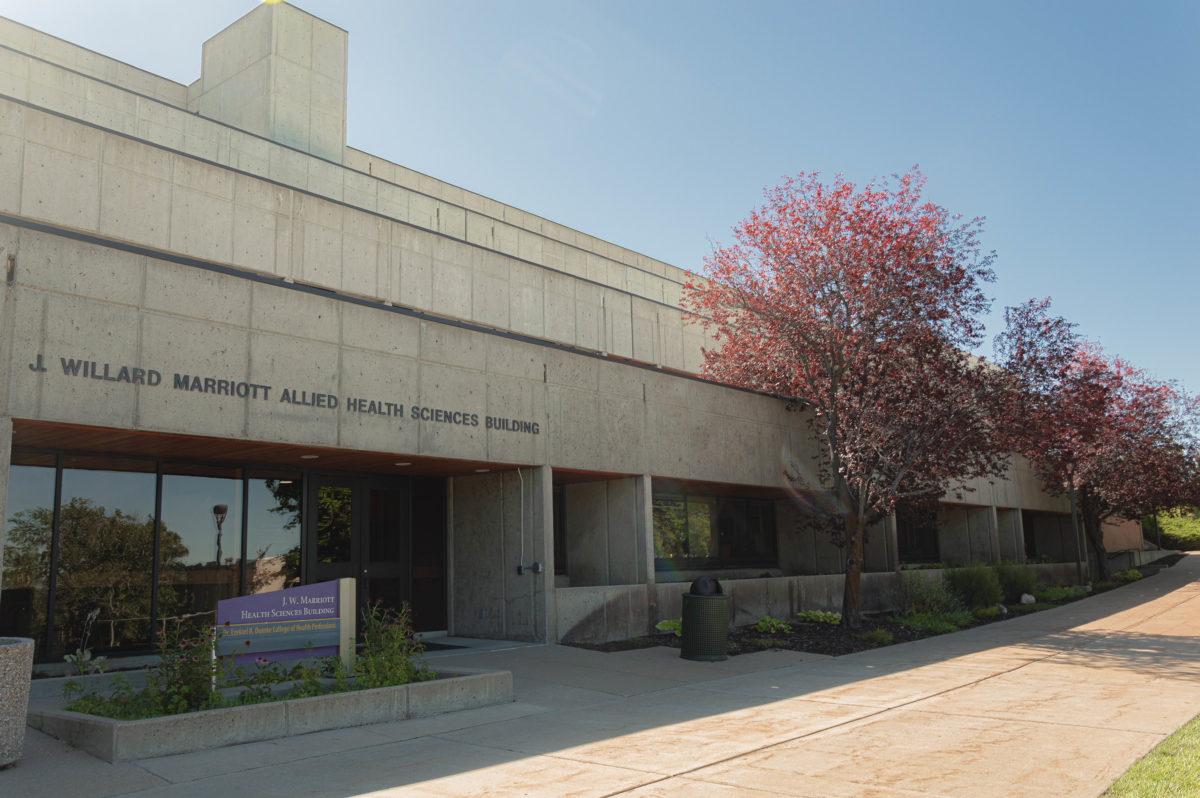Since Weber State University presented their new Water Action Plan, Facilities Management has taken a new approach to landscaping on campus.
Xeriscaping, a landscaping style that prioritizes low water usage, has been the answer to lowering campus water use outside.
“Over the next several years, we’ve marked a significant amount of money to go toward xeriscaping, especially with new construction,” Drew Hodge, a water conservationist and sustainability specialist at WSU, said.
Some campus spaces that previously featured traditional landscaping will also be undergoing a switch to the low-water option.
This more sustainable landscaping style features plants that require less water and grass using rocks and bark as ground cover.
In areas like sports fields and recreational student areas, the grass will be left alone.
Spaces designated for aesthetics, however, are being converted to this new style.
Hodge’s team has worked with some students and professors to collect data about some of the best plants for the xeriscaping approach.
“We’ve done some experiments with different professors on campus like Dr. Dan Bedford. We’ve done some work with him and his students to look at different types of xeriscaping…and we’ve taken that data and really tried to implement that in our planning of our buildings,” Hodge said.
Not only has the new landscaping approach moved WSU towards its sustainability goals, it’s also saved the university money.
While water has always been fairly cheap in the state of Utah, prolonged drought situations and steep increases in the population have led officials to consider new pricing for water use. The preemptive landscaping measures Weber State is taking in sustainability has prepared campus this possible reality.
“It does make financial sense to go xeriscape… it’s maybe a little bit more expensive upfront, but over the life of your property, it saves money,” Hodge said. “And then when you look at the cost of water increasing, I think that that is where it really comes into play.”
While Weber State University isn’t the only campus trying to prioritize sustainability, it has saved more water during the drought than other schools in Utah.
Additionally, thanks to initiatives like xeriscaping, WSU met its goals to reduce water usage by 2025 just last year. This means sustainability teams have a chance to challenge themselves once again, and set new goals.
Hodge encourages readers to look into Weber State’s sustainability practices for themselves. The Weber State Sustainability map, for example, gives viewers information on all the different actions taken around campus to be more eco-friendly, beyond the xeriscaping initiatives.
Hodge also emphasized that xeriscaping isn’t the only more sustainable landscaping option. Zeroscaping, for example, is a better known option that uses no water. Matrix landscaping is another low-use option that can elevate the aesthetic of an outdoor space.
To read WSU’s water action plan in its entirety please visit here: https://www.weber.edu/wsuimages/sustainability/Fall%202020/FinalWSUWaterActionPlan.docx.pdf













